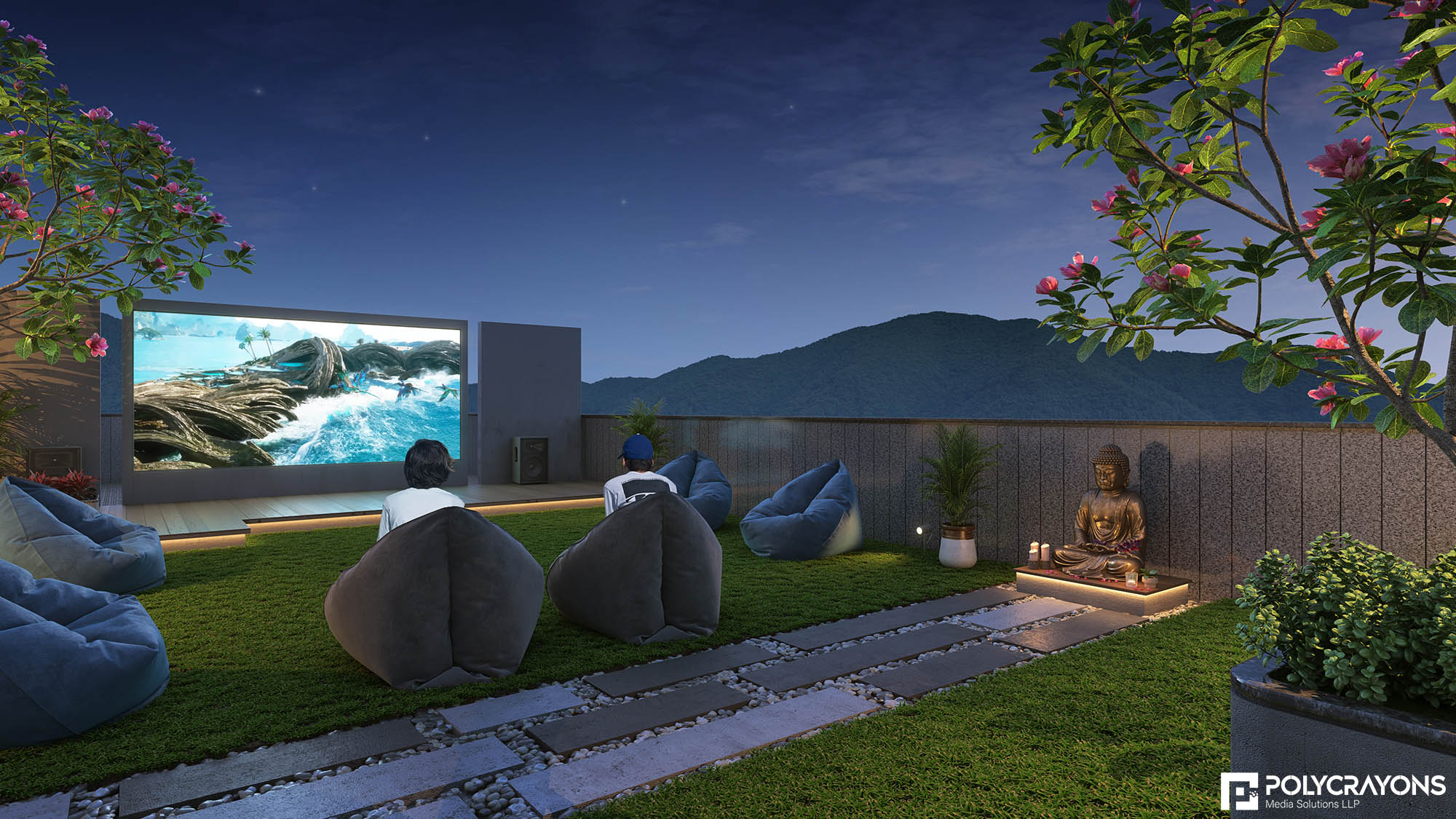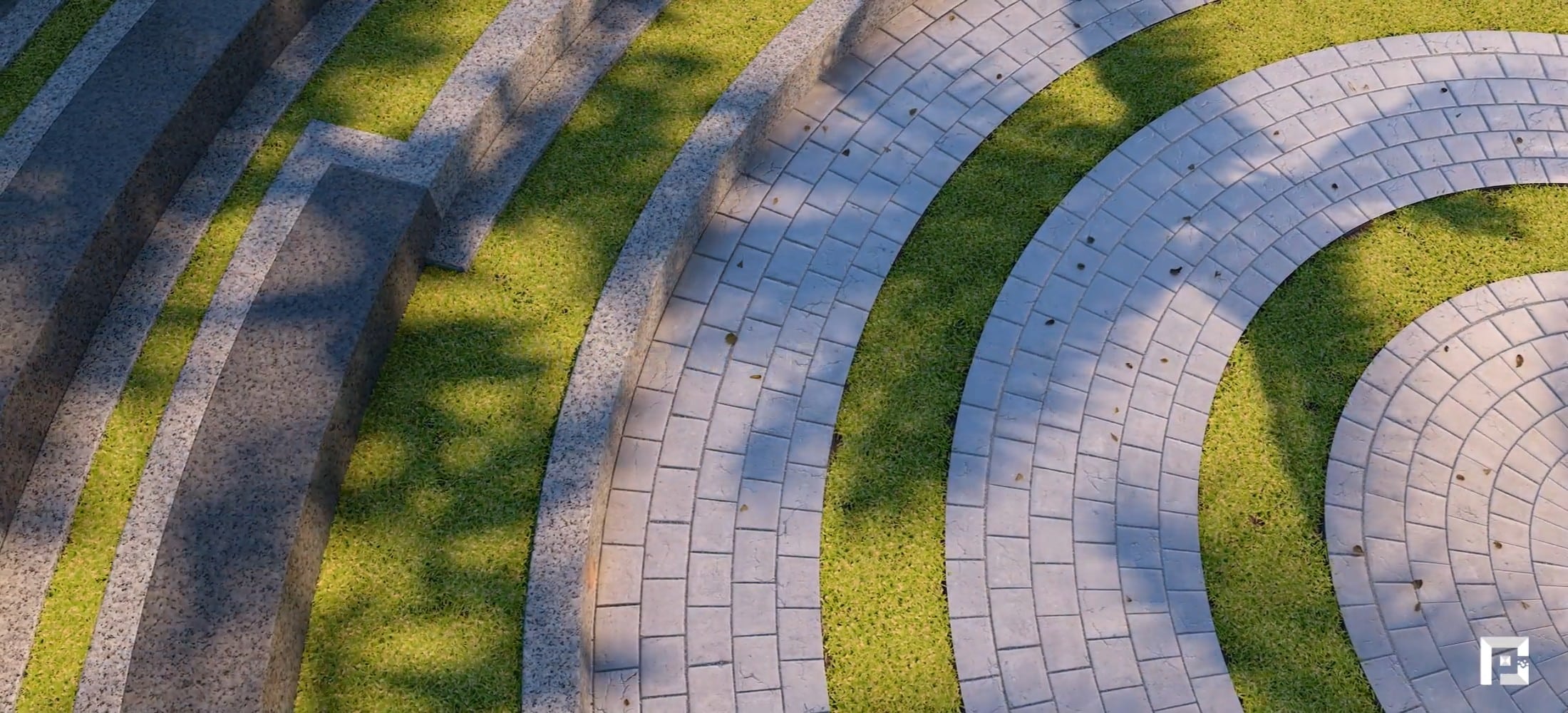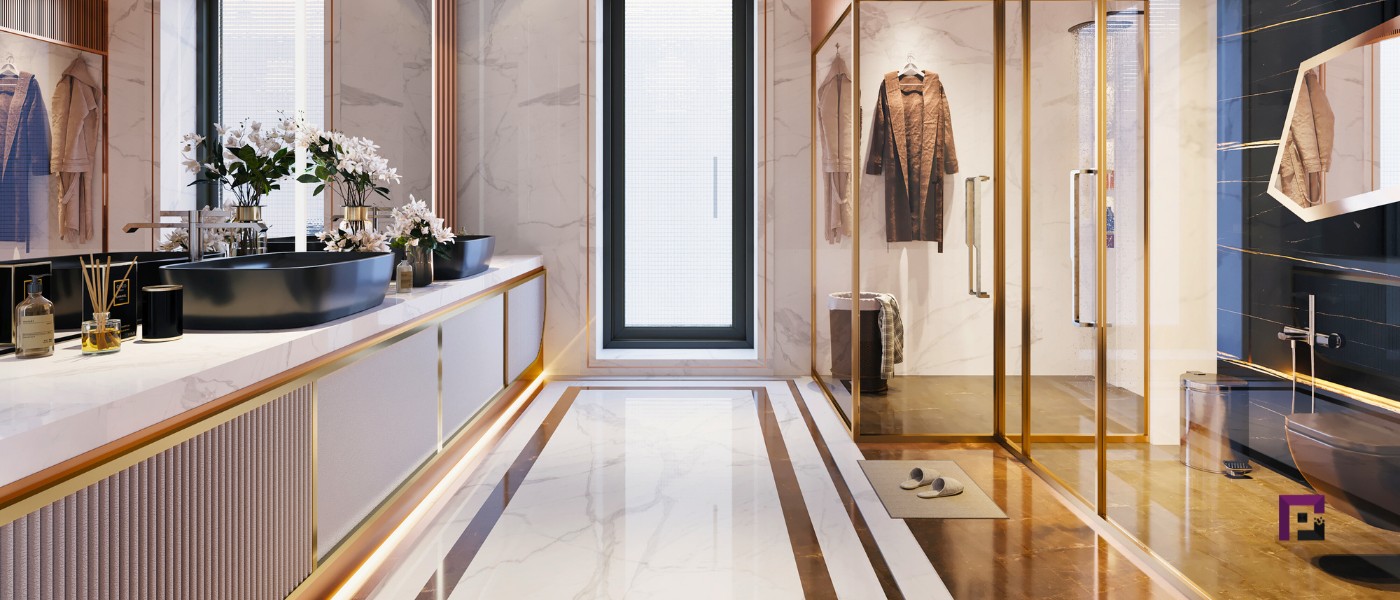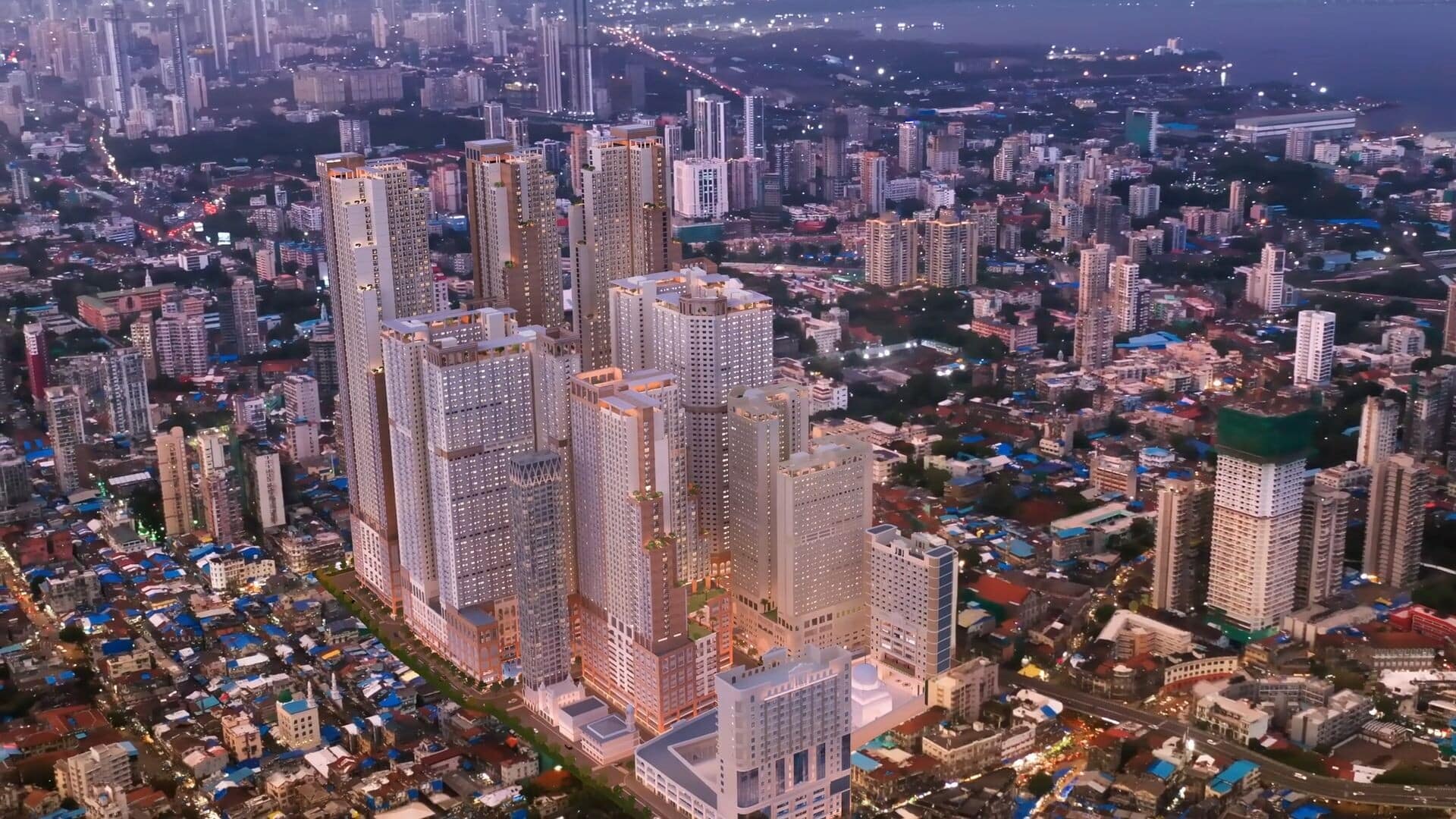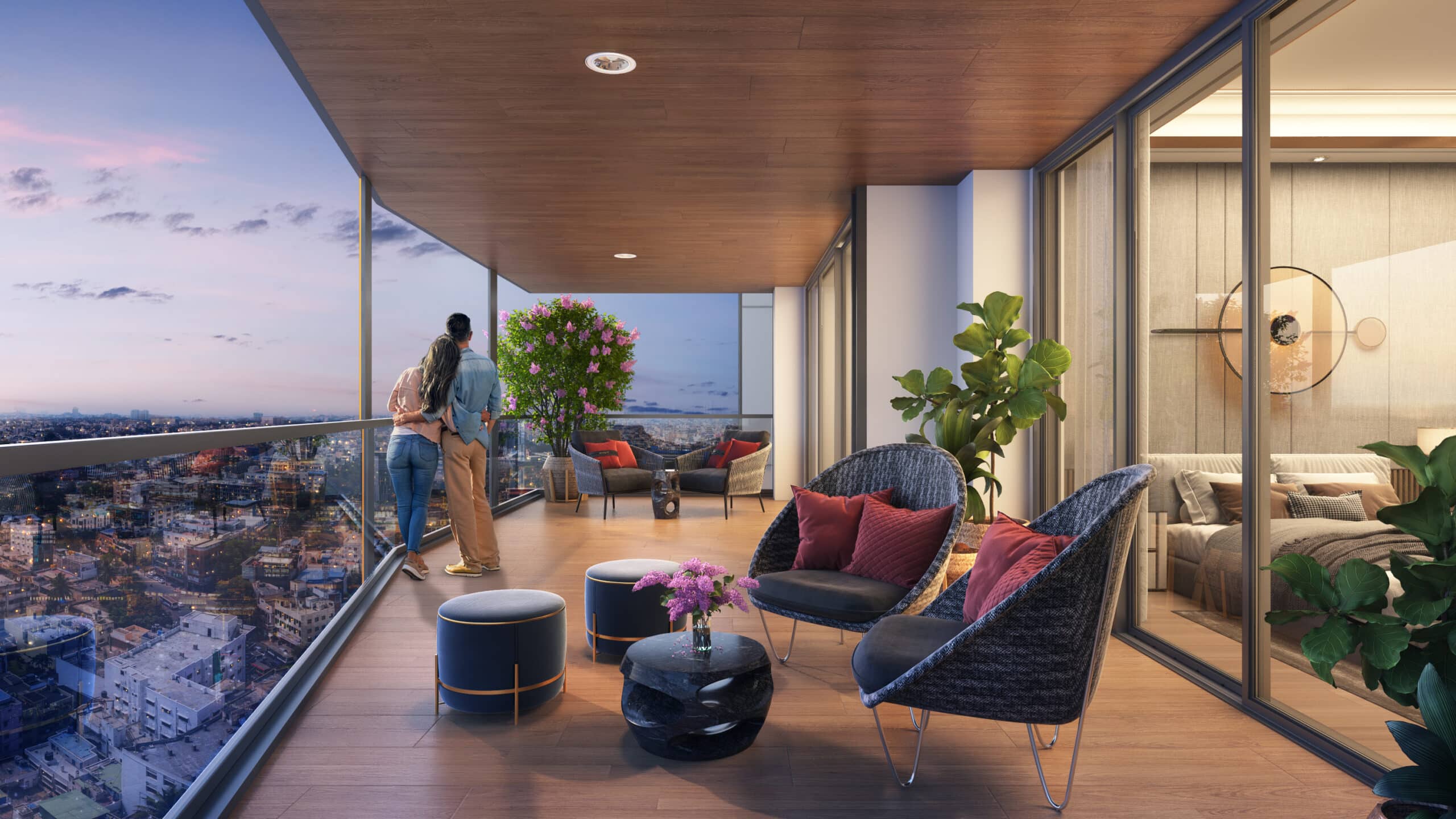Interior Design visualisation | Polycrayons Insight
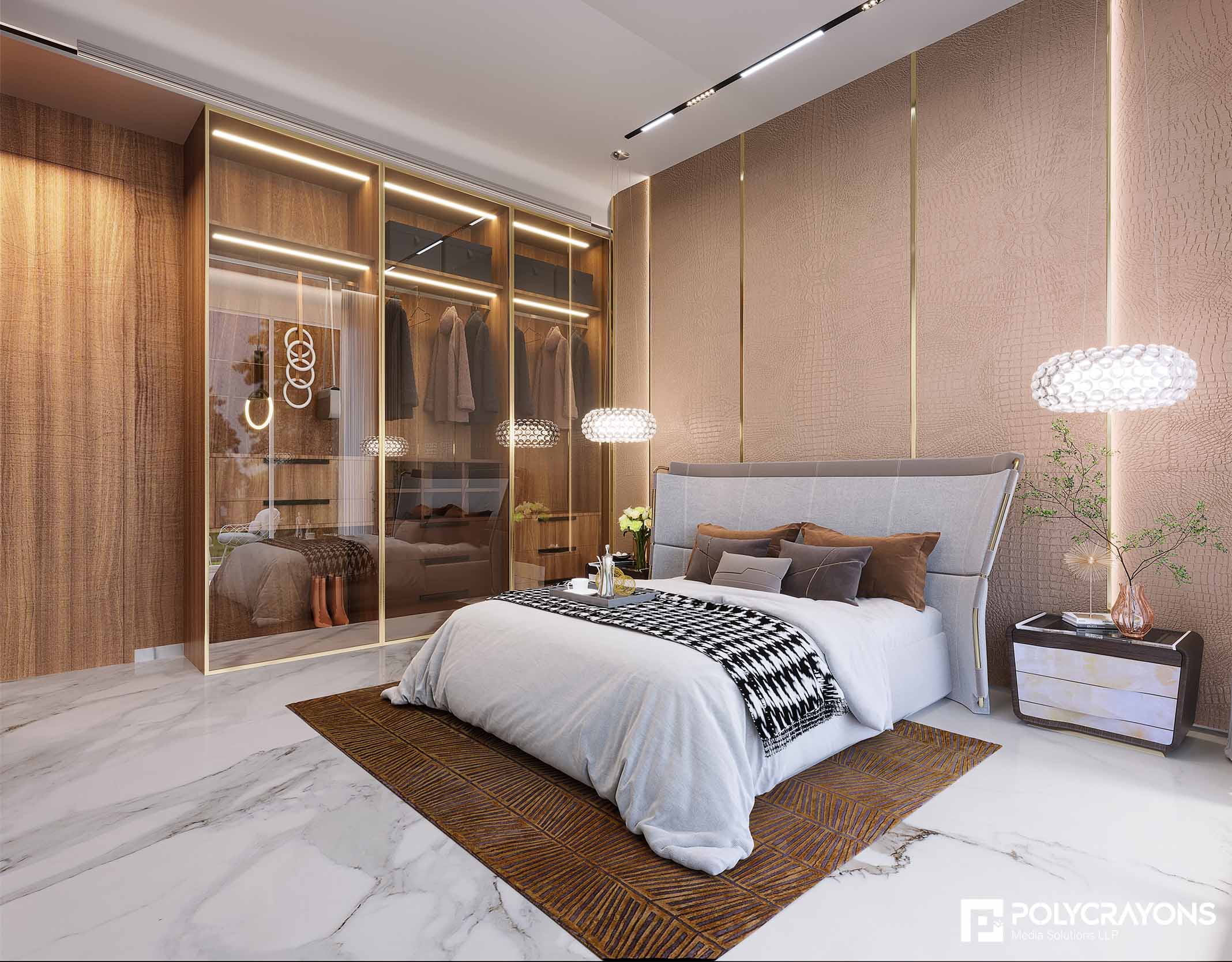
Interior Design Visualisation: Tips for Achieving Photorealistic 3D Renderings
At Polycrayons, we’ve seen how photorealistic 3D renderings can transform the field of interior design. These advanced visualisations enable us to present our ideas clearly and convincingly, helping clients visualize the final results and making our projects stand out. Here are some insights and tips we’ve gathered to help you achieve photorealistic 3D renderings in your interior design projects.
Understanding the Basics of Photorealistic Rendering
Photorealistic rendering is all about creating images that look as real as photographs. It involves mastering several key elements, including lighting, materials, textures, and perspective. Here’s what we focus on:
- Accurate Lighting: Lighting is crucial for realism. We replicate natural light from windows and artificial light from fixtures to create a lifelike environment. Using tools like global illumination and HDRI (High Dynamic Range Imaging) maps can make a big difference in achieving realistic lighting effects.
- Material and Texture Realism: Getting the materials and textures right is essential. We pay attention to details such as surface roughness, reflections, and refractions. High-quality texture maps and material libraries are indispensable for making surfaces look real.
- Attention to Detail: The little things matter. Small imperfections, subtle shadows, and the way objects interact with each other can significantly enhance realism. We make sure to add these details to our renderings.
- Proper Use of Cameras and Lenses: Just like in photography, the choice of camera angles and lenses affects the realism of our renderings. Using appropriate focal lengths and camera positions helps create a natural and believable perspective.
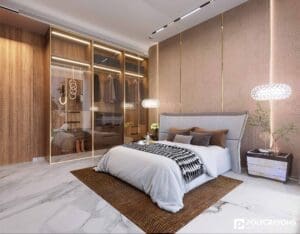
Tips for Achieving Photorealistic Renderings
Based on our experience at Polycrayons, here are some practical tips for creating stunning photorealistic 3D renderings:
- Master the Software: Knowing your tools inside and out is essential. We use advanced rendering software like 3ds Max, V-Ray, Blender, and Cinema 4D. Taking advantage of tutorials, forums, and online courses can help you get the most out of these tools.
- Use High-Quality Assets: High-quality 3D models, textures, and materials are key to creating realistic renderings. We invest in top-notch assets for furniture, decor, and architectural elements. Websites like TurboSquid, 3D Warehouse, and Poliigon are great resources.
- Optimise Your Scene: Rendering can be resource-intensive. We optimize our scenes by reducing polygon counts, using proxies for complex models, and managing textures efficiently. This helps in reducing rendering times without sacrificing quality.
- Focus on Composition: A well-composed scene enhances the overall impact of a rendering. We follow composition principles such as the rule of thirds, leading lines, and balance. Ensuring the scene is not cluttered and that every element contributes to the overall aesthetic is crucial.
- Post-Processing Techniques: After rendering, we use post-processing to refine the final image. Software like Adobe Photoshop and After Effects allows us to adjust color balance, contrast, and sharpness, adding subtle effects that bring our renderings closer to photorealism.
- Stay Updated with Trends: Interior design trends evolve constantly. We stay updated by following design blogs, magazines, and social media platforms like Pinterest and Instagram. Incorporating current trends makes our renderings more appealing and relevant to clients.
- Gather Feedback: Sharing renderings with peers or online communities for feedback is invaluable. Constructive criticism helps us identify areas for improvement. Platforms like Behance, CGSociety, and Reddit’s r/3Dmodeling are great for showcasing work and getting feedback.
The Impact of Photorealistic Renderings on Interior Design
Photorealistic renderings have a profound impact on interior design. They allow us to:
- Visualise Concepts Clearly: Clients can see exactly how a design will look, making it easier to communicate ideas and make informed decisions.
- Win More Projects: High-quality renderings impress potential clients, increasing the chances of securing projects.
- Streamline the Design Process: Detailed visualisations help identify and address potential issues before construction begins, saving time and resources.
- Enhance Marketing Efforts: Stunning renderings can be used in marketing materials, social media, and presentations, attracting more clients and building a strong portfolio.
Conclusion
Achieving photorealistic 3D renderings in interior design involves a mix of technical skills, artistic vision, and attention to detail. By mastering the basics, using high-quality assets, optimising scenes, and staying updated with trends, you can create renderings that not only look real but also captivate and inspire. At Polycrayons, we believe in the power of photorealistic renderings to transform ideas into stunning visual experiences. With these tips, you can elevate your interior design projects and bring your visions to life with breathtaking realism.
